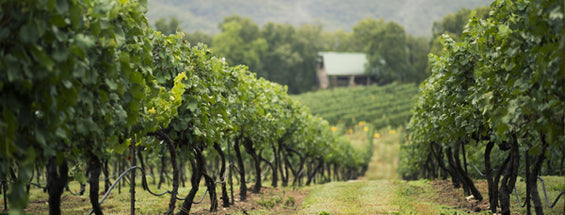Winery Info/Brand
The 3.5 hectare vineyard of Pavie Decesse is planted to 90% Merlot and 10% Cabernet Franc. Pavie Decesse is situated close to the peak of the Saint Emilion limestone plateau. The terroir is rich clay and limestone soil. The vineyard is planted to a density of 5,500 vines per hectare. The estate has old vines. Many vines are at an average age of over 40 years. Yields are always kept low to aid in the concentration of the wine. Each terroir nevertheless has a well-defined character, and wines from each one are kept entirely separate. Pavie-Decesse, whose 3.5 hectares were detached from Pavie in 1885, is unusual in that it is entirely located on the Saint-Emilion limestone plateau. All this different factors produce rich, full-bodied wine. Pavie-Decesse is also quite complex with good tannic structure and excellent ageing potential, typical of the finest wines from the Saint-Emilion plateau. Wine is made there with the same care as at Pavie, on which it borders, and with which it shares a very similar terroir. Tasting different vintages of Pavie-Decesse has proved it is definetely one of the stars of the appelation.


Region Info/Origin
Saint-Emilion is a charming medieval village located in the heart of the famous Bordeaux wine area. It is a unique site where world-famous wineries, beautiful architecture and great monuments can be found. The legend tells a story about a monk, Emilion, from Brittany who fled from his hometown in Vannes to seek refuge in the eighth century. Living the life of a hermit, he accomplished a few miracles and rapidly became famous in the region and even far beyond its border. Even after his death his followers carried on his legacy and even named the town after his name. From the ninth century to the 19th century, men had the will to mine the soil in order to standardise the whole architectural looking of not only the city of Saint-Emilion but also a few ones in the region (such as Right Banc Bordeaux).




